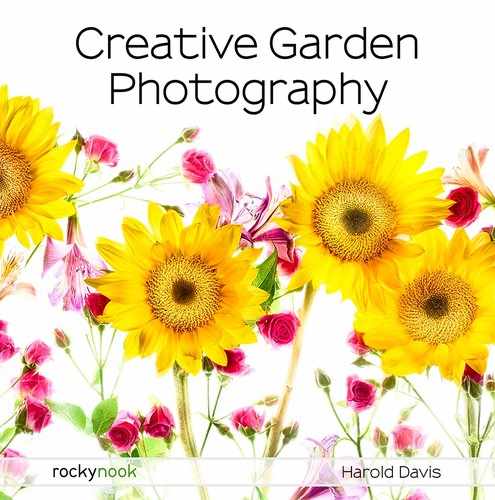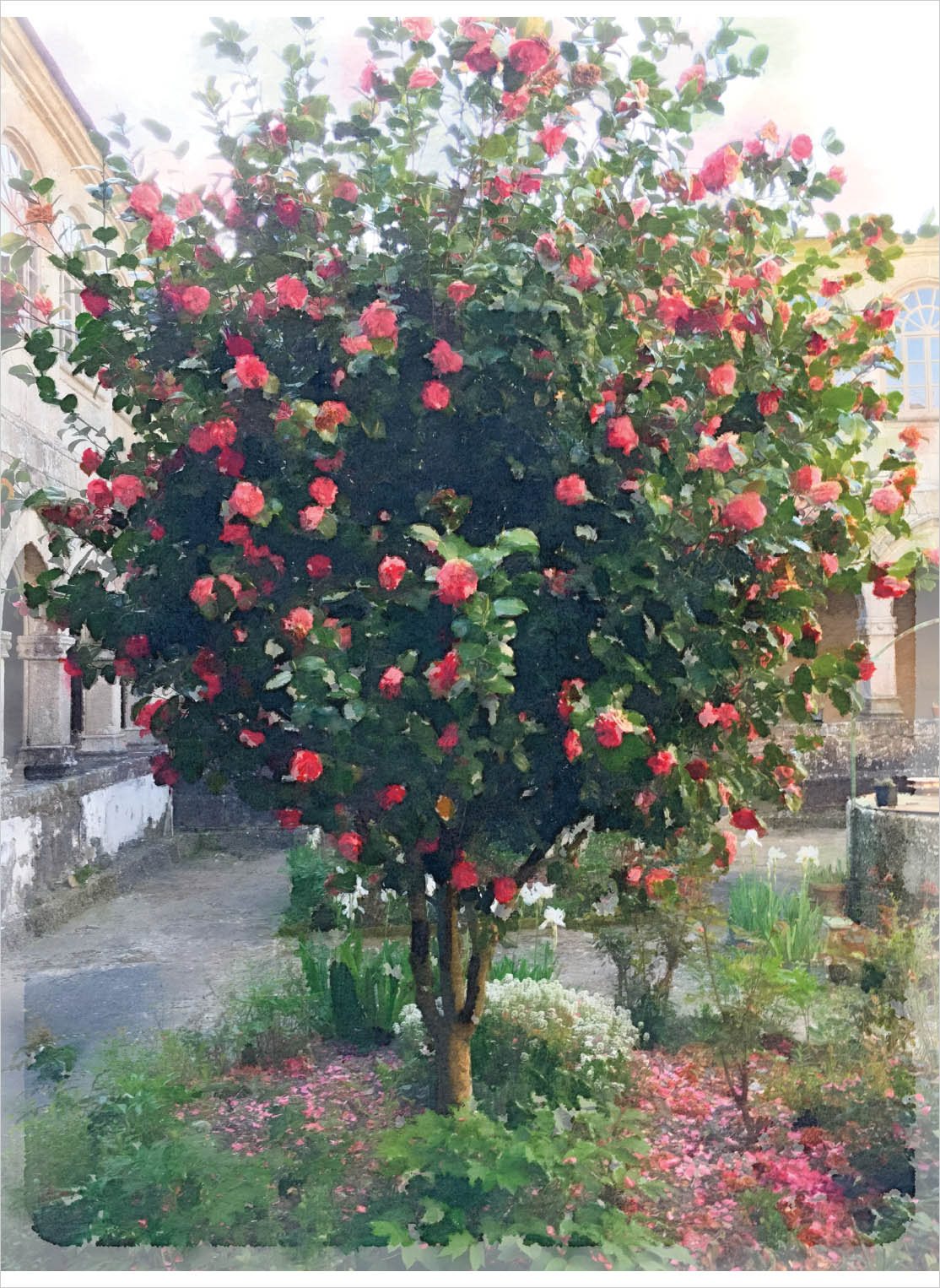Understanding Gardens
gar·den: /'gärd(ə)n/
noun: a piece of ground used to grow vegetables, fruit, herbs, or flowers.
verb: cultivate or work in a garden.
What is a garden?
Although you may feel that you intuitively know a garden when you see one, this is a surprisingly controversial and tricky issue. It is important, though, for one’s overall understanding of the garden.
First, let’s pick apart something I just wrote in the previous paragraph that may have gone past you without additional comment. (Oh yes, I can be devious!)
I wrote that you likely know a garden when you see one. Surprisingly, this echoes the famous United States Supreme Court dictum regarding obscenity: You can’t define it, but you know it when you see it. Be that as it may, the real problem here is with the assumption that gardens are limited to the sense of sight. Gardens can also be felt, smelled, touched, heard, and sensed with one’s eyes closed.
Gardens figure largely in humanity’s sense of their own history. It is hard to think about gardens without recalling the travails of Adam and Eve in the book of Genesis in the Bible. Whatever else may be said about this biblical episode, it is clear that the garden represents a delightful and innocent existence.
Shadow in the Temple Garden—I photographed this rock garden on the grounds of a temple in Kyoto, Japan. You can see the shadow of the temple roof on the left side of the image.
Of course, a garden such as this requires constant maintenance over the centuries to keep its form and shapes. This maintenance is itself a kind of statement about the purpose of the garden. The garden demonstrates that the temple is wealthy enough to be able to afford the continuous labor this garden has required over the long years.
The ritualized shapes of this garden are intended to echo the visual impact of raindrops on a still pond as the rain begins on a cloudy day.
Nikon D800, 48mm, 1/400 of a second at f/14 and ISO 400, hand held.
Hydrangea and Carnation Petals—In my opinion, gardens do not have to be very big. In fact, in the garden I created and photographed in this image, you are looking at an image that is on macro scale. The entire width of this garden, photographed on my light box, is about 3" (roughly 7.5 cm).
My idea in creating this image was to convey a sense of happiness. Generally, when I am in a garden I am happy. I believe one of the most important functions of a garden is to make people happy. To visually convey happiness in this image, I contrasted the vivid red carnation petals with the more subdued but beautifully blue hydrangea petals.
Nikon D850, Zeiss Makro-Planar 50mm, five exposures at f/22 and ISO 64, with shutter speeds ranging from 1/30 of a second to 5 seconds, tripod mounted.
For much of the prehistory of humanity, hunger was a constant companion. Just as the Garden of Eden represents a peaceful and verdant existence without struggle, having the ability to plant and maintain a garden is insurance against hunger, and an important bulwark against starvation.
As history progressed from the pre-recorded mythological to the times of the Romans and Greeks, gardens became a status symbol. Moving forward through the Middle Ages and the Renaissance to current times, for a society, public gardens represented a surplus of wealth and stability. For wealthy individuals gardens were one way to display status, along with many other status symbols, including in no particular order, large tail fins on cars, the height of towers in a Tuscan city, and the ostentation and display of formal dress.
To summarize, gardens are important as a public resource and a place for people to enjoy themselves. Almost as far back as humanity can recall, gardens have also been an important indicator of status.
In addition, gardens can and do provide functional purposes, including the growth of fruits, vegetables, and herbs. A striking example of the functional garden is the formalized medicinal garden found in many important Medieval monasteries.
But wait! Is this all there is? Gardens are a public joy and a way for rich people to show their visual sensitivity. They are also a place where you find fruit trees and echinacea. Isn’t there more?
This is where things get subjective. In the account of a prominent scholar of gardening, a inner-city arrangement of old tires should be considered a garden. Some Japanese Zen gardens are beautifully made of gravel and stone. Is there any limit to what a garden is? If not, what is the point of using the term garden to describe a particular kind of photography?
These are great questions. But I don’t want to get us too bogged down in issues of taxonomy. From the point of view of this book, a garden has the following characteristics:
- Some form of enclosure or separation from the world at large
- Human design, planning, and cultivation
- Most likely, at least some decorative intent
- Usually, but not always, predominance of botanical items in the design of the garden (the Zen rock garden I just mentioned would be an exception)
This is an ad-hoc working definition, but it’s good enough to get started. From the viewpoint of the photographer, the elements that trigger going into “garden photographer mode” start with the enclosure and with the botanical element.
To learn to be a good garden photographer, one must train one’s eye to work with the natural and unnatural landscape in enclosed spaces. If you can combine this with spectacular photography of plants and flowers, then you will be well on your way to becoming an accomplished and creative garden photographer.
Cloisters—The Monasterio de la Magdalena is along the Camino de Santiago pilgrimage trail just outside Sarria, Spain. The monastery was built in the twelfth century, about the same time that the town of Sarria was founded. Today, it is used in part as a hostel, or albergue, for pilgrims. I found this beautiful camellia tree blooming in a cloister garden.
iPhone 6s, processed in Waterlogue and Image Blender.



